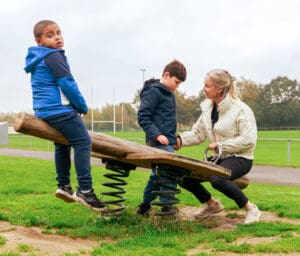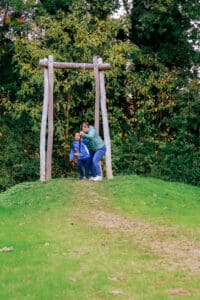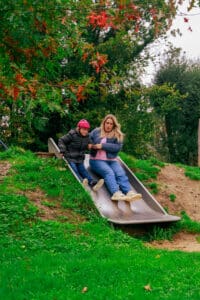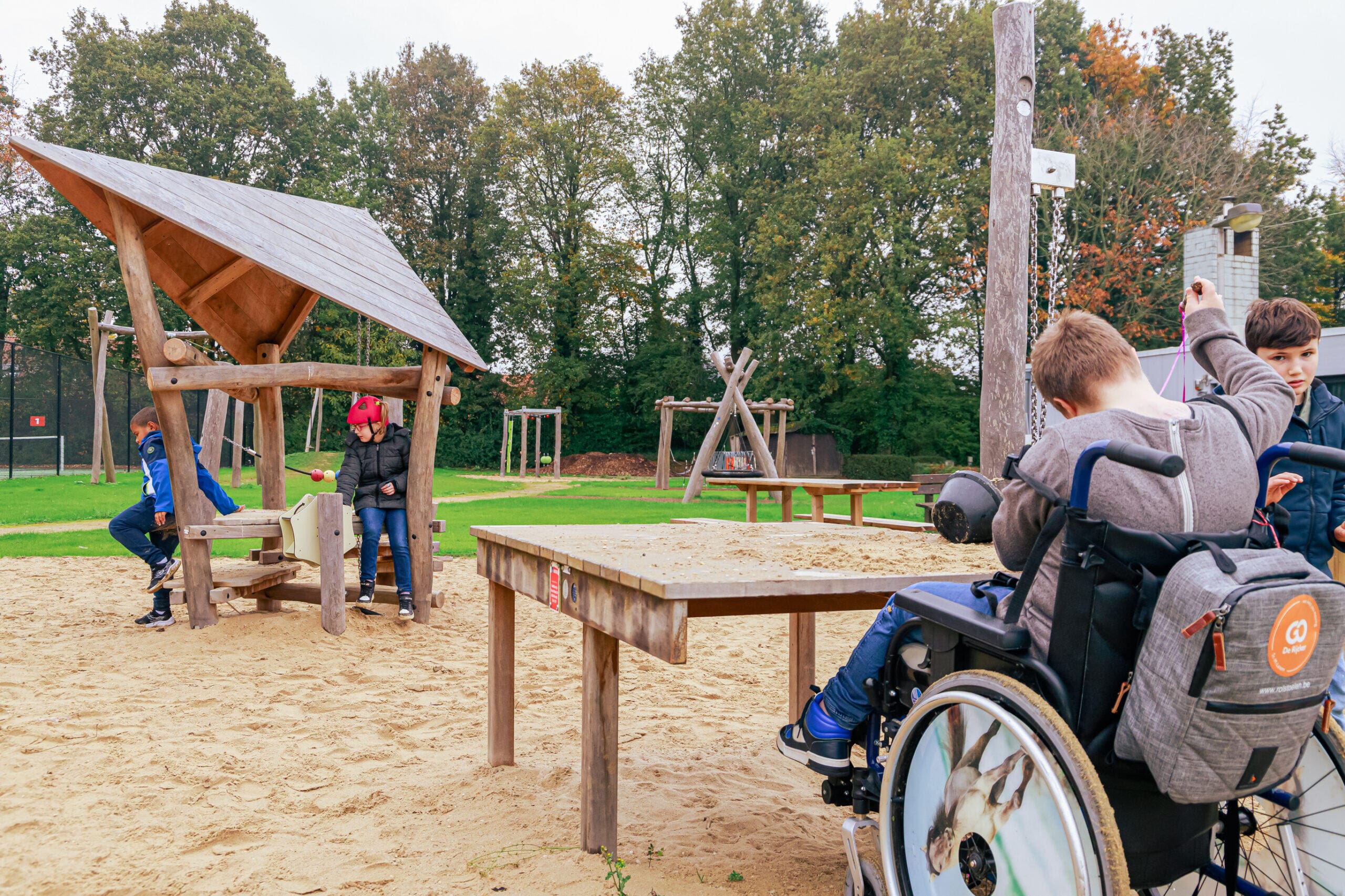Inclusive play for everyone!
Playing is for everyone, regardless of physical or mental skills. All children have a fundamental right to play, stated in the International Convention on the Rights of the Child. However, this right is hardly met for children with disabilities in practice. And that is not without consequences. Children with disabilities have few or no friends in the area. This results in the fact that at a later age a large proportion of adults with disabilities feel lonely and have a certain degree of social isolation. It is time that something was done about this! Many of our product lines are equipped with all kinds of specific elements for inclusive play. Consider the accessibility of the playground equipment, but also interactive, auditory and visual aspects. As a result, disabled children can play along. This makes playing together even more fun!
Inclusive play, we try to interweave in our designs for playgrounds, care gardens and play equipment. We have solutions for:
- auditory limitations (stimulation of other senses such as smell, touch and hearing)
- visual limitations (clear use of color in playground equipment and planting, feel walls, musical instruments)
- cognitive or neurological limitations (snooze spaces within a design)
- physical limitations (including bird’s nest swing, but also fitness equipment for seniors / wheelchairs)

Why is Inclusive Outdoor Play So Important?
Play is an essential part of a child’s development. It supports physical, social, cognitive, and emotional growth. Through play, children explore the world, learn to interact with others, and develop crucial skills for their future.
Unfortunately, many playgrounds are not accessible to all children. This means that children with disabilities often find themselves on the sidelines while their peers play. This is not only frustrating but also deprives them of key learning moments and social interaction. Inclusive outdoor play ensures that every child—regardless of physical, cognitive, or sensory limitations—can participate and enjoy playing to the fullest.
The Benefits of Inclusive Outdoor Play
- Boosts physical health – Encourages movement and motor skill development.
- Enhances cognitive skills – Supports problem-solving and decision-making.
- Develops social abilities – Teaches communication, cooperation, and empathy.
- Increases self-confidence – Success in play builds a positive self-image.
- Brings joy and relaxation – Play is a fundamental right that contributes to happiness and well-being.
Who Are Inclusive Playgrounds Designed For?
Inclusive play spaces are designed for everyone, with special attention to children who face barriers in traditional playgrounds. This includes:
- 👦 Children with physical disabilities – Wheelchair users and children with limited mobility need play equipment that is accessible and usable, such as ramps instead of stairs, wheelchair-friendly roundabouts, and adapted swings.
- 👧 Children with sensory impairments – Visually impaired children benefit from tactile markers and auditory elements, while deaf and hard-of-hearing children rely on visual stimuli and clear signage.
- 🧩 Children with cognitive or learning disabilities – Structured, easy-to-navigate playgrounds with predictable play elements, pictograms, and quiet areas help them feel safe and independent.
- 🌀 Children with autism or sensory processing challenges – Some children require extra sensory input, while others need a calmer environment. A well-designed play area balances sensory stimulation and relaxation options.
- 💙 Children with social or emotional difficulties – Play helps children with anxiety, social challenges, or behavioural difficulties feel more comfortable in group settings.
What Makes a Playground Truly Inclusive?
An inclusive playground is more than just a wheelchair-accessible space. It is an environment where every child feels welcome and can engage in play in their own way.
Key Features of an Inclusive Playground
✅ Accessible Ground Surfaces and Pathways
Many playgrounds use loose sand or gravel, which can be difficult for wheelchair users and children with walking aids. Inclusive playgrounds use firm, smooth surfaces such as rubber, artificial grass, or bonded woodchip to ensure easy movement.
✅ Inclusive Play Equipment
Play structures should be designed to accommodate a range of children’s needs, such as:
- Nest swings that allow multiple children to swing together, including those with mobility challenges
- Wheelchair-accessible roundabouts that enable children to participate in group play
- Wide slides with gentle inclines, so parents or peers can slide together with children needing extra support
- Interactive play tables at accessible heights for both seated and standing children


✅ Sensory Play Experiences
Inclusive playgrounds offer multi-sensory experiences through:
- Tactile panels with different textures for touch stimulation.
- Musical and sound elements, such as outdoor drums or wind chimes, for children with visual impairments.
- Water and sand play areas, where children can explore and experiment freely.
✅ Quiet and Rest Zones
Not all children enjoy busy environments. Dedicated quiet areas with shade, soft cushions, or small hideaway spaces allow children to retreat and self-regulate when needed.
✅ Encouraging Social Play
The goal of an inclusive playground is to bring children together. Play equipment should promote interaction, such as seesaws for two players, cooperative water play stations, or spinning carousels that accommodate children of different abilities at once.


